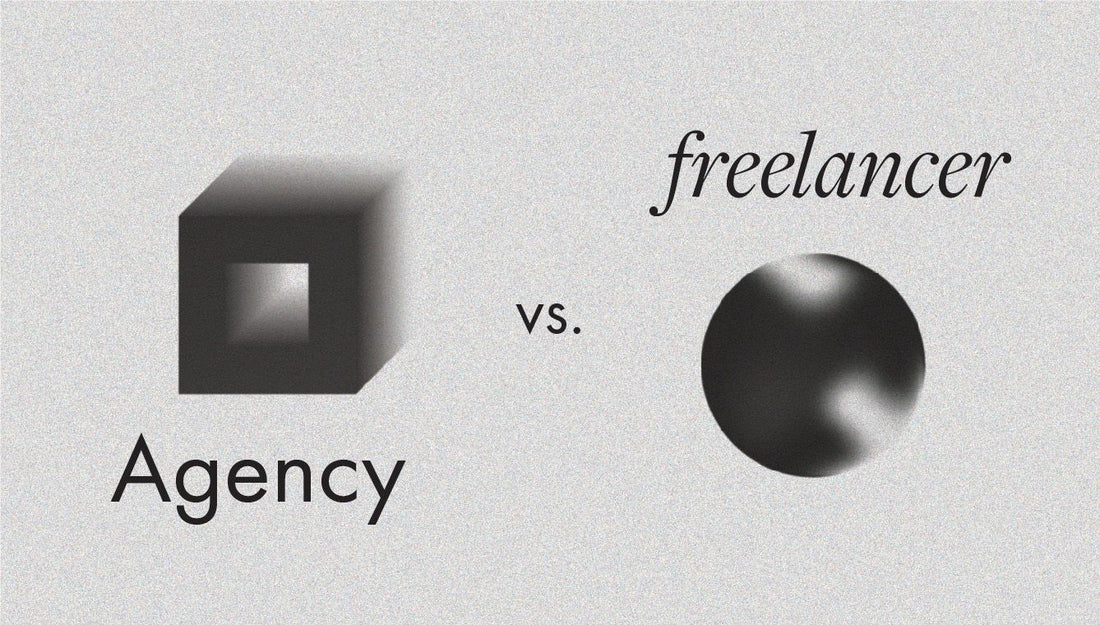FAQs on FAQs
January 14, 2022

Most business websites have an FAQs page sitting in the footer—or as we like to call it, the junk drawer. Before creating your own FAQs page, it’s worth asking yourself: Does the rest of the website do a good job at accommodating users' needs?
A brief FAQ is a good FAQ
Customers typically land on your FAQs if they’re confused or can’t easily find an answer to their question during their journey on your website. Before you create a page for these users, we suggest:
- Creating a list of all questions asked by customers using real customer service feedback and live chat data, if available.
- Prioritising a list of customer questions with the most common at the top.
- Creating a list of design changes to update your website so that it accommodates this ‘missing’ information.
If you can achieve this, it will result in a shorter FAQ page, as the answers your customers are seeking will have been anticipated—and answered—elsewhere in their user journey.
The big picture
Don’t forget that the journey doesn’t end with checkout. Make sure you’ve considered post-purchase queries from customers—such as ‘What happens if something is missing from my order?’
It’s a good idea to provide answers at multiple touchpoints here—for example, in the order confirmation and/or shipping confirmation email, and also on the tax invoice or returns slip.
Key takeaways
- Ensure your website is intuitive and useful throughout the entire purchase and post-purchase journey.
- Create a feedback loop with your sales team and customer service team.
- Prioritise the feedback, and look for ways to continually improve the customer experience.
- Create your FAQ page after you’ve sorted out the aforementioned points: you could save yourself (and your customers) a lot of effort.
Let us help you streamline your customer journey—say hello and we’ll be happy to chat.



